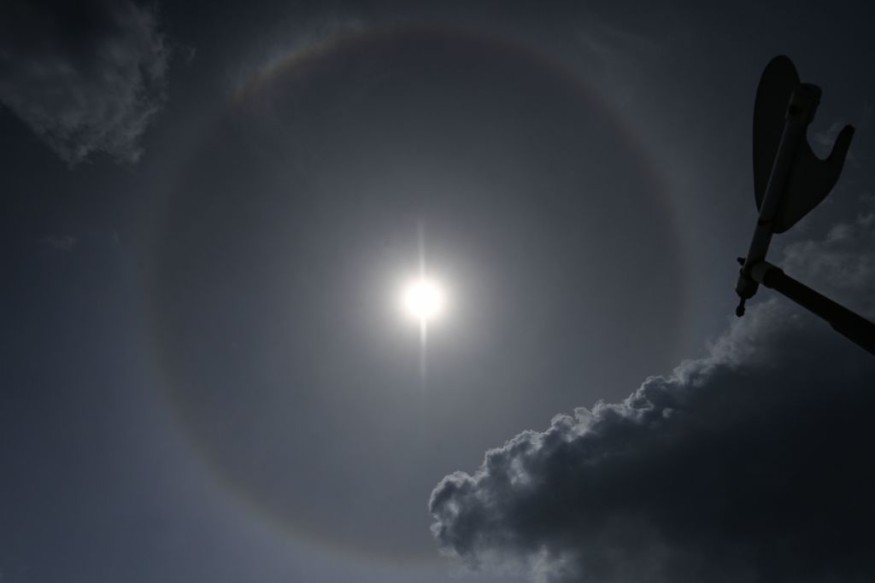Solar winds traveling in space at the speed of millions of miles per hour may hit Earth in the coming hours, placing both satellites and power grids at risk.
The solar outburst came as a result of a solar storm from the Sun recently, highlighting the continued increased activity within the current Solar Cycle 25.
Space weather authorities on Sunday, June 20, reported that this looming threat, which underscores the major impact on Earth's magnetosphere should the solar winds hit our planet.
If it does, all equipment and craft relying on satellites, power grids, and radio technology can be affected.
The Space Weather Prediction Center (SPWC) of the National Oceanic and Atmospheric Administration (NOAA) has also warned the solar winds could be associated with a geomagnetic storm.
This could cause disruption to the global positioning system (GPS) and satellite signals.
Since January, dynamic solar activities have led to multiple types of solar storms such as solar flares, solar winds, and coronal mass ejections (CMEs).
These storms have emitted highly-energized particles collectively called as space weather hazards such as geomagnetic storm, solar radiation storm, and radio blackouts.
Solar Storm Alert

Solar winds from a hole in the Sun's atmosphere is expected to head towards Earth, currently traveling at a speed of 600 kilometers per second, according to spaceweather.com.
The weather monitoring service also cited statements from NOAA forecasters that there is a small chance it could produce or bring G1-class geomagnetic storms.
According to latest updates, the SWPC said the solar wind speed is currently at 534 kms.
In addition, there is a chance for radio blackouts until Wednesday, June 22.
Meanwhile, there is a low chance of solar radiation storm.
Based on previous space weather events, there are instances where solar storms emit the mentioned hazards.
They are part of a five-tier scale under the NOAA Space Weather Scales, wherein class 1 being the lowest and class 5 being the highest.
Solar storms normally cause the so-called aurora borealis or northern lights, as well as affecting migratory animals like birds in the case Earth's magnetosphere is disrupted.
However, the amount of space energy particles from a particular type of space weather storms.
Solar Wind Disruption
The possibility of disruption from the approaching solar winds range from minimal to moderate, according to the SWPC.
The National Aeronautics and Space Administration (NASA) compared solar winds to hurricanes, whose destructive winds could wreak havoc and cause widespread disruption on Earth.
Although the cause and mechanism of both storms are different, the US space agency are keen into understanding our knowledge of solar winds.
There is still a limited data when it comes to the solar wind impact.
NASA underlines that a historical assessment of these solar storms suggest our understanding the space phenomena are responsible for disrupting ship communications in our oceans, space satellites, and ground power grids.
According to Nicky Fox, division director for heliophysics at NASA Headquarters, the solar wind disruption stems from the fact that it carries the Sun's magnetic field with it as it traverse towards the Earth.
It then collides to the so-called protective barrier of Earth, shielding us from solar storms.
© 2025 NatureWorldNews.com All rights reserved. Do not reproduce without permission.





